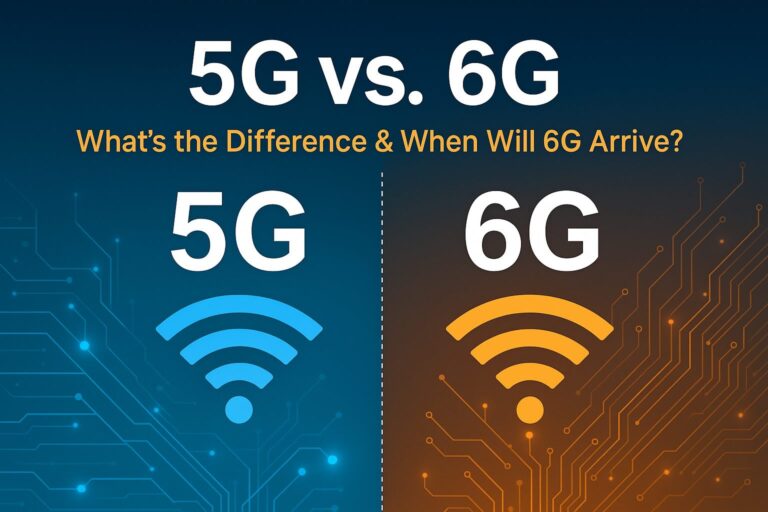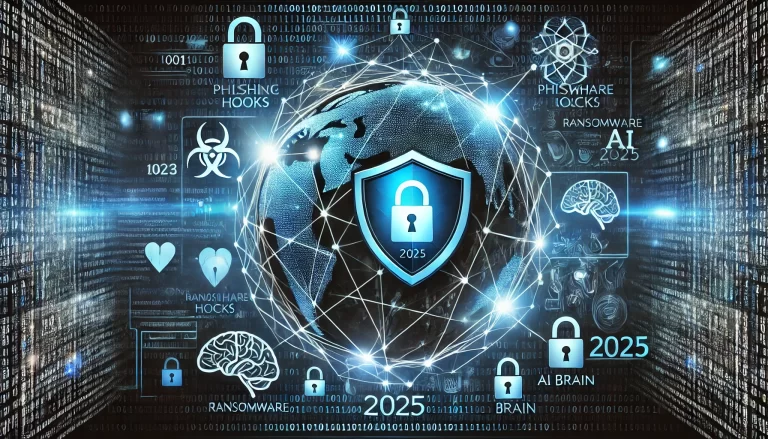As the world becomes increasingly interconnected and reliant on technology, the importance of cybersecurity has never been greater. The past year alone has seen a surge in cyberattacks, with ransomware attacks increasing by 60% in 2020. As cybercriminals continue to evolve their tactics, it’s essential for organizations to stay ahead of the curve by understanding the emerging trends and technologies that will shape the future of cybersecurity.
Artificial Intelligence (AI) and Machine Learning (ML)
One of the most significant trends in cybersecurity is the integration of AI and ML technologies. These technologies enable organizations to analyze vast amounts of data and identify potential threats more quickly and accurately than traditional methods. AI-powered security tools can also automate routine tasks, freeing up human resources for more complex and strategic work.
However, as with any emerging technology, there are potential drawbacks. AI-powered systems can be vulnerable to attack, with hackers using techniques such as adversarial machine learning to fool AI systems into making incorrect decisions. To mitigate these risks, organizations must ensure that their AI and ML systems are designed with security in mind from the outset.
Quantum Computing
Another trend that will significantly impact cybersecurity is the emergence of quantum computing. While still in its early stages, quantum computing has the potential to revolutionize many industries, including cybersecurity. Quantum computers can perform certain types of calculations much faster than classical computers, making them well-suited for tasks such as cryptography and data analysis.
However, quantum computing also poses a significant threat to traditional encryption methods, as quantum computers can easily break many commonly used encryption algorithms. To address this challenge, researchers are developing new quantum-resistant encryption methods that are more secure against quantum attacks.
Internet of Things (IoT) Security
The proliferation of IoT devices is another trend that will have a significant impact on cybersecurity. With billions of IoT devices expected to be connected to the internet by 2025, there is a growing need for secure IoT devices and networks. However, many IoT devices are currently lacking basic security features, making them easy targets for attackers.
To address this challenge, organizations must ensure that their IoT devices are designed with security in mind from the outset. This includes implementing strong authentication mechanisms, encrypting data both in transit and at rest, and regularly patching devices with security updates. Additionally, organizations should consider implementing network segmentation and access control measures to prevent unauthorized access to IoT devices and networks.
Zero Trust Security
Another emerging trend in cybersecurity is zero trust security. This approach involves assuming that all network traffic is malicious until proven otherwise and requires users and devices to be authenticated and authorized before accessing resources on the network. This approach helps mitigate the risks associated with traditional perimeter-based security models, which assume that all traffic inside the perimeter is trustworthy.
Zero trust security involves several key components, including multi-factor authentication (MFA), microsegmentation, and continuous monitoring and assessment of user behavior. By implementing these measures, organizations can significantly reduce their risk of a successful cyberattack while also improving their overall security posture.
Blockchain Security
Finally, blockchain technology is another trend that will have a significant impact on cybersecurity in the coming years. Blockchain’s distributed ledger technology provides a secure and tamper-proof way to store data and conduct transactions without the need for a central authority or intermediary. This makes blockchain an attractive option for many applications, including finance, healthcare, and supply chain management.
However, blockchain also poses unique security challenges due to its decentralized nature. For example, blockchain networks are vulnerable to 51% attacks, where an attacker gains control of more than half of the network’s computing power and can manipulate transactions or double-spend coins in cryptocurrencies like Bitcoin or Ethereum. To address these challenges, researchers are developing new consensus algorithms that are more resilient to 51% attacks while also improving scalability and performance.
Conclusion:
In conclusion, as technology continues to evolve at an ever-increasing pace, it’s essential for organizations to stay ahead of the curve by understanding the emerging trends and technologies that will shape the future of cybersecurity. By embracing AI and ML technologies, quantum computing, secure IoT devices and networks, zero trust security models, and blockchain technology while addressing their unique security challenges, organizations can significantly improve their overall security posture while also staying ahead of emerging threats from cybercriminals around the world.












